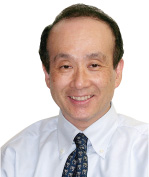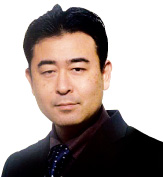GC 90th Anniversary and GC Membership Society 55th Anniversary The Third International Dental Symposium
Date : October 22, (Sat) and 23 (Sun), 2011 Place : Tokyo International Forum (Marunouchi, Chiyoda-ku, Tokyo, Japan) Main Subject : Perspective on Future Aspects of Dentistry
- The Third International Dental Symposium
- GC seminar special program
GC seminar special program 2011/10/23 (Sun)
We will host a special program for this symposium with the lecturers from the GC seminar as guests. The GC seminar is held regularly with many participants.
For Dental Technicians
Aiming to create crowns with minimal occlusal adjustments, Lecture on the clinical aspect, Demonstration 13:00 - 16:00
Crowns created by indirect methods are said to result in increased occlusion by 200–300 microns. The factors contributing to this increase are as follows: 1) problems related to the person making the crown, 2) problems related to materials, 3) problems related to the body using the crown. The addition of any of these element results in created crowns being worn out due to occlusal adjustment to the extent the ridges disappear. In this session, I would like to propose, through presentations of clinical examples, ways to make crowns with minimal occlusal adjustments with no extra burden on the dentists conducting occlusal adjustments and with the occlusal contact made as point contacts so that no excess burden will be placed on the abutment tooth or the opposing tooth. I hope the session will assist you in laboratory practice from tomorrow.
-
Mr.Yuichi Yuki
Japan
Dental Technician 
Artificial teeth arrangement with emphasis on a canine tooth guide to protect functional cusps, as well as balancing contact. Lecture on the clinical aspect, Demonstration 13:00 - 16:00
Complete dentures are made by utilizing knowledge and methods to fulfill the demands of patients with edentulous jaws, such as comfortable functions and esthetics. In addition, a certain degree of longevity is required for complete dentures in recent times. However, in reality, there are problems with the longevity of dentures, such as cases we have encountered where the functional cusp of the upper jaw seems to have worn out in a short period of time exhibiting the anti-Monson curve and resulting in fracture. So, how can we protect the functional cusps of the upper jaw and maintain the stable functions of complete dentures in the mouth as long as possible? We will present clinical cases to answer this question.
-
Mr.Masahiro Tanaka
Japan
Dental Technician 